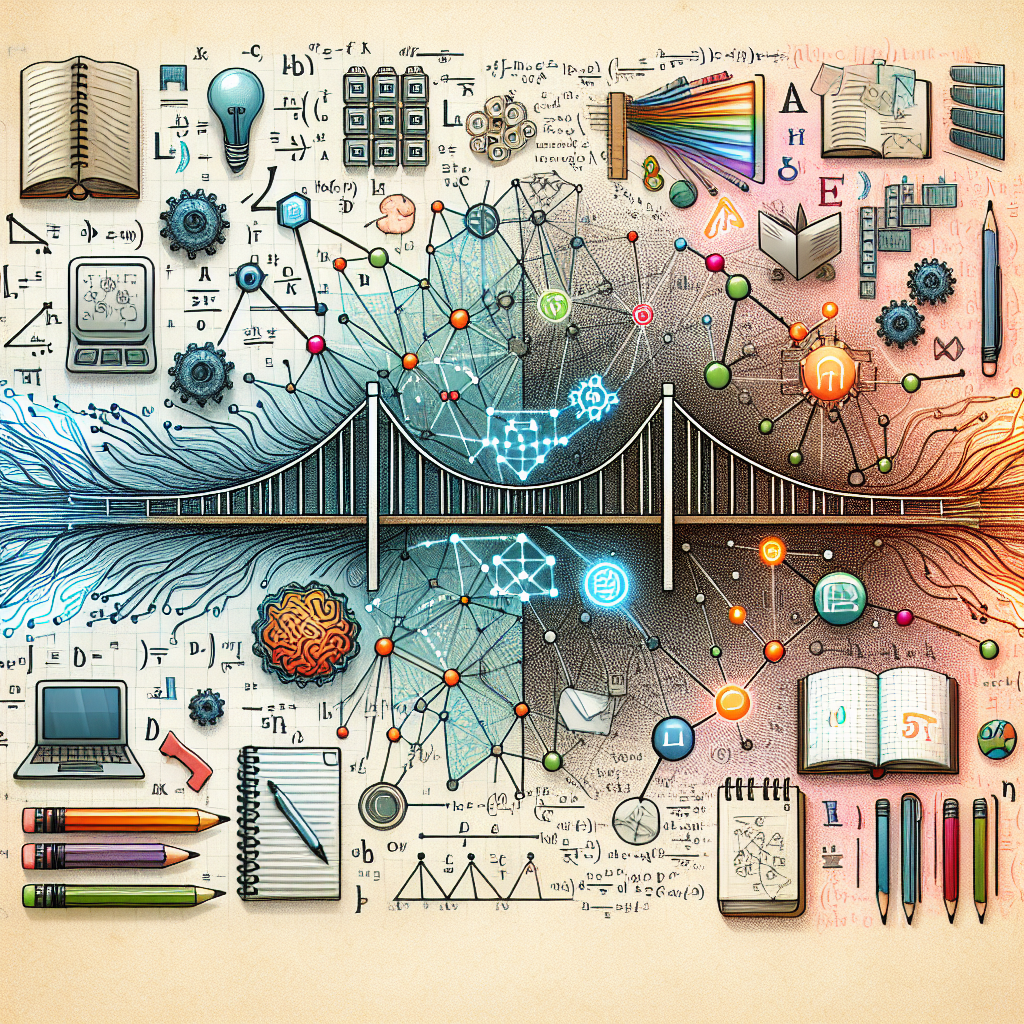Your cart is currently empty!
GNN: Bridging the Gap Between Traditional and Deep Learning Methods

In recent years, there has been a growing interest in the field of graph neural networks (GNNs) as a powerful tool for solving complex problems in various domains such as social networks, recommendation systems, and bioinformatics. GNNs have shown great promise in bridging the gap between traditional machine learning methods and deep learning techniques, offering a more flexible and efficient way to model and analyze graph-structured data.
Traditional machine learning methods often struggle with graph data due to its irregular and non-Euclidean nature. For example, in a social network, each node represents a person, and the connections between nodes represent friendships. Traditional machine learning algorithms, such as logistic regression or support vector machines, are not well-suited for capturing the relationships and interactions between nodes in a graph.
On the other hand, deep learning methods, such as convolutional neural networks (CNNs) and recurrent neural networks (RNNs), have shown great success in handling structured data like images and sequences. However, they are not directly applicable to graph data, as they assume a fixed and regular structure, which is not the case for graphs.
This is where graph neural networks come into play. GNNs are a class of neural networks that operate directly on graph data, allowing them to capture the complex relationships and dependencies between nodes in a graph. By aggregating information from neighboring nodes, GNNs can learn powerful representations of the underlying graph structure, enabling them to make accurate predictions and perform various tasks such as node classification, link prediction, and graph classification.
One of the key advantages of GNNs is their ability to generalize to unseen graph structures and tasks. Unlike traditional machine learning methods that require handcrafted features and domain-specific knowledge, GNNs can automatically learn meaningful representations from the raw graph data, making them more adaptable and scalable to a wide range of applications.
Moreover, GNNs can effectively combine the strengths of traditional machine learning methods and deep learning techniques. By incorporating graph convolutional layers, GNNs can capture both local and global information in a graph, allowing them to leverage the power of deep learning while preserving the interpretability and explainability of traditional machine learning models.
Overall, GNNs have emerged as a promising approach for bridging the gap between traditional and deep learning methods, offering a flexible and efficient way to model and analyze complex graph-structured data. With their ability to generalize to diverse tasks and datasets, GNNs are poised to revolutionize the field of machine learning and enable new applications in areas such as social networks, recommendation systems, and bioinformatics.
#GNN #Bridging #Gap #Traditional #Deep #Learning #Methods,gnn

Leave a Reply